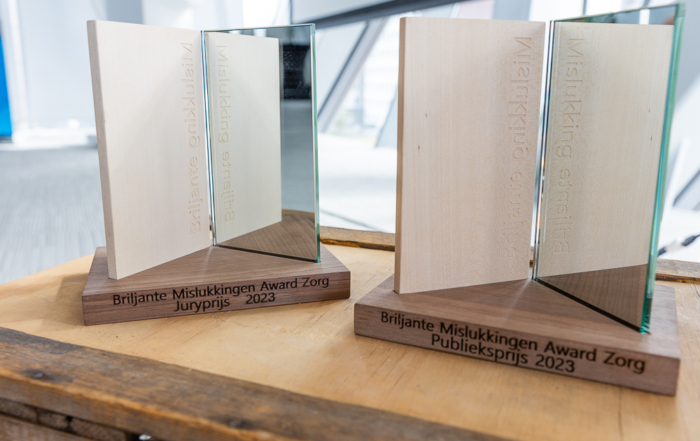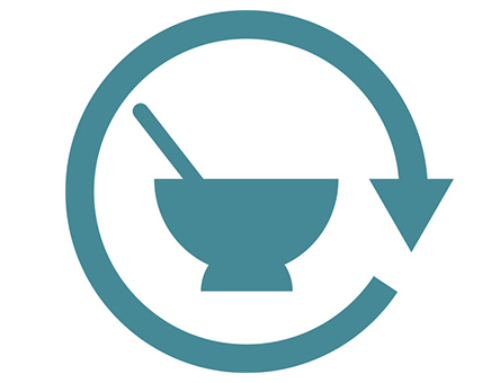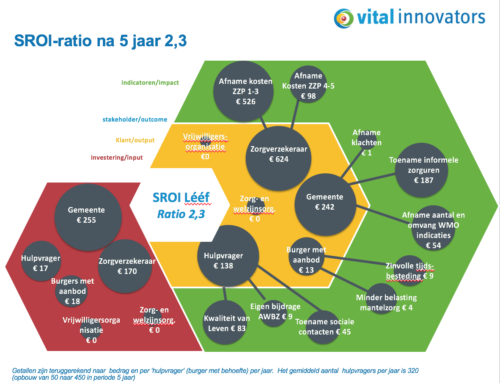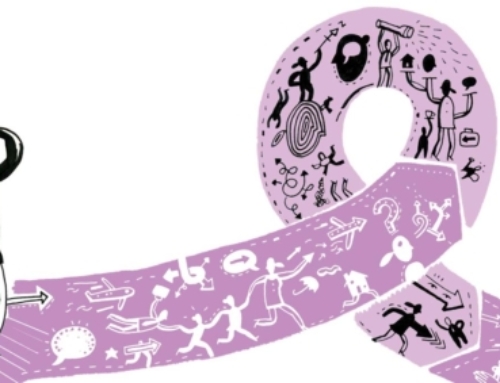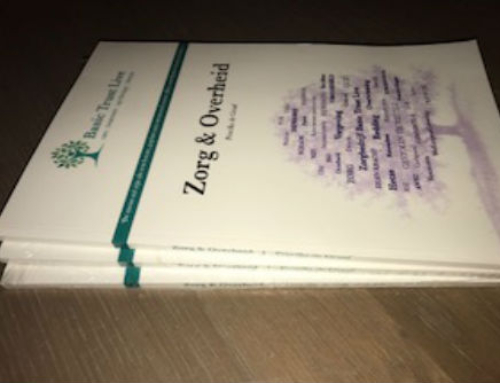The intention
The aim was to accelerate the spread of solar energy systems in Uganda by forging partnerships between the solar energy companies at the national level and the best micro financiers in the country.
The approach
I have entered into discussions with all serious solar distributors to let them enter into their own partnership project with a microfinancer aimed at rural market development.. The approach was divided into 3 phase: (1) proof of the business model in the field, (2) upscaling, and (3) replication.
In the end there are such 6 partnerships started. After starting the projects, our role was focused on monitoring and coaching.
The result
The partnerships with the three best microfinancers hardly yielded any results. The management was very enthusiastic and this was also radiated in the selected best field offices. However, the companies involved did not do much themselves, because they apparently assumed that those MFIs would sell their products. However, the loan officers in the best industries were not interested in growth or new products at all. After all, they were already doing well. Then the director can still be so committed, but almost nothing happens in the field.
On the other hand, there was a lot of success with the companies that worked directly with weaker financiers, such as formal and informal savings groups, SACCOs, groups of dairy farmers, even groups that organized themselves voluntarily and collected money voluntarily. It went especially well when the representative of the solar companies in the field worked directly with the loan officers or field coordinators of that savings- and credit groups. For them it became a kind of joint group sale.
The lessons
- A successful collaboration with microfinancers in the diffusion of solar energy systems, really only depended on an enthusiastic and serious cooperation between the representative of the solar energy company in the field and those who liaise with the end users about financing.
- The strength of the microcredit organization itself was irrelevant. There was, however, a greater chance of failure with a stronger MFI partner, because there was more focus on the political importance of solar energy and less on the connection in the field.
Further:
The lady on the left in the picture, Christine, is a very good small solar power dealer in Makasa. She succeeded in developing a good partnership with the market leader UML by working directly with the loan officers. The manager of the small branch office then registered the loans under the heading “home-improvement loans”. At the same time, the attempts by UML's headquarters to start working with solar loans in their best industry did not get off the ground at all.. So it worked a few hundred km away, without the head office even noticing, and thanks to Christine's good work.
Author: Frank van der Vleuten
OTHER BRILLIANT FAILURES
Vincent van Gogh a brilliant failure?
The failure It is perhaps very daring to give a gifted painter like Vincent van Gogh a place in the Institute for Brilliant Failures…During his lifetime, the impressionist painter Vincent van Gogh was misunderstood [...]
Brilliant Failure Award Healthcare – 20 to stop coming up with new advice 2024
Wednesday 20 In November, the Brilliant Failure Awards for Healthcare will be organized for the tenth time by the Institute for Brilliant Failures.
Brilliant Failure Award Healthcare – 20 to stop coming up with new advice 2024
Wednesday 20 In November, the Brilliant Failure Awards for Healthcare will be organized for the tenth time by the Institute for Brilliant Failures.



